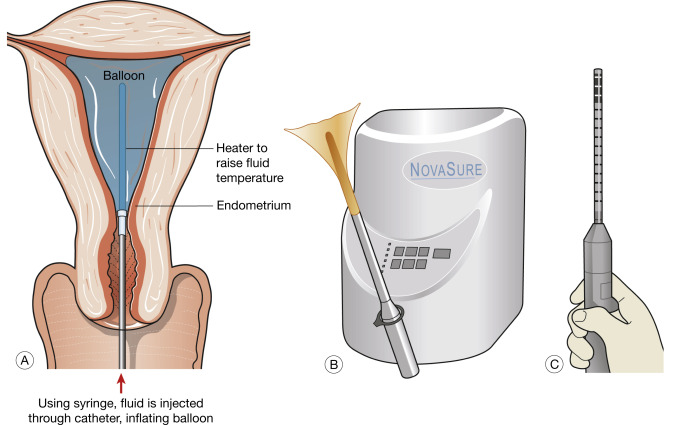AUTHORS: Leah Saylor, DO and Nima R. Patel, MD, MS
Abnormal uterine bleeding (AUB) is a broad term for variations in normal menses. Normal duration of menstrual flow is 5 days, with normal menstrual cycles lasting 21 to 35 days. Heavy menstrual bleeding with normal cycles, historically called menorrhagia, is a large volume of menstrual blood loss quantified as >80 ml per cycle. Bleeding also may be prolonged, intermenstrual, frequent, and irregular. This language replaces prior terms such as metrorrhagia (bleeding between cycles); polymenorrhea (menses <21 days apart); and oligomenorrhea (menses >35 days apart).1-3
The PALM-COEIN classification of AUB was adopted in 2011 to standardize terminology and reflect etiology: Polyp, Adenomyosis, Leiomyoma, Malignancy and hyperplasia, Coagulopathy, Ovulatory dysfunction, Endometrial, Iatrogenic, and Not yet classified. The PALM-COEIN terminology is used to classify the etiology of the bleeding; for instance, AUB-P would refer to AUB due to polyps.1-4
Dysfunctional uterine bleeding
| ||||||||||||||||||||||||
AUB occurs in 10% to 15% of reproductive-age patients, 5% of emergency room visits in nonpregnant patients, 30% of office visits, and 70% of gynecologic consults.2,3
Age, age at menarche or menopause, menstrual bleeding patterns, severity of bleeding, pain, underlying medical conditions, surgical history, medications, family history, hirsutism, acne, symptoms of thyroid dysfunction or other endocrinopathies1-4
- If heavy bleeding since menarche, screen for signs and symptoms of hemostatic disorder, including postpartum hemorrhage, surgery-related bleeding, bleeding from dental work, easy bruising, epistaxis, and frequent gum bleeding3
- Physical examination: Weight, hirsutism, acne, thyroid nodules, signs of insulin resistance (acanthosis nigricans), signs of bleeding disorder (petechiae, ecchymoses, pallor, swollen joints), pelvic examination including external, speculum, and bimanual examinations
